The benefits of mustard as a siderat
Features of growing mustard as a siderat
Among all kinds organic fertilizers it is the green ones that play an important role, since they allow the soil to rest, retain a sufficient amount of moisture for subsequent culture and at the same time improve the phytosanitary condition of the soil. Mustard as a siderat attracts gardeners due to its large vegetative mass, unpretentiousness of the plant and phytosanitary qualities.

The benefits of mustard fertilizer
For subsequent embedding, plants with a short growing season are usually selected, which have time to develop a good aboveground mass and a deeply penetrating root system. Often, grass mixtures are prepared from legumes (vetch, peas) and mustard. In its pure form, the latter has the following features:
- This one-year-old member of the Cruciferous family has the ability to convert phosphates into readily available compounds and prevent nitrogen leaching from the soil. In addition, the nutrients that the plant spends for growth and development are transferred inside it into organic quickly assimilated compounds and return back together with a large biomass.
- As a culture, mustard is a rather unpretentious plant. She calmly refers to both the slightly acidic and slightly alkaline environment of the soil solution, easily tolerates low positive temperatures. So, it germinates already at 3 ° C above zero, which allows it to be sown for fertilization even in spring one month before planting the main crop.
- Due to the early beginning of the growing season, mustard as a siderat cleans the area very well from weeds, because manages to develop before their mass germination and further oppresses them.
- The secretions of the plant scare away wireworms, slugs, and the pea moth. In addition, the binding of iron in the soil helps to reduce the risk of late blight disease in nightshades. Also, after mustard, less damage to potato tubers with scab was noted.
- The cruciferous root system structures the soil very well, because penetrates to a depth of 3 m and this culture very clearly demonstrates this, which is valuable on compacted soils. The plants planted after it are provided with the required amount of oxygen and moisture. At the same time, the loosening of the soil contributes to better absorption of rainwater.
Comparative evaluation of mustard species
Of the types of mustard, white (or yellow) and gray (Sarepta) are used for siderat. They belong to different genera of the same family and differ in the following characteristics:
- White mustard tolerates acidified and waterlogged soils worse. Otherwise, the low level of fertility does not prevent it from forming a normally developed vegetative mass. It is less drought-resistant and, therefore, more demanding on substrate moisture.
- Plants of the Sarepta variety have a taller and more branched aboveground mass, which is so important when using the crop as green manure, but its relation to the temperature regime does not contribute to widespread movement to the northern regions, which cannot be said about the former.
- Yellow mustard is more cold-resistant. Its seeds germinate even at + 1 ° С, while gray-gray requires an average of + 3 ° С. Also, the seedlings of the first type are able to tolerate short-term drops in temperature to -6 ° C, and the second - only 3 ° C below zero.
- The seeds of white mustard are larger and heavier than Sarepta, therefore, the seeding rate is higher.
When to sow mustard as a siderat
As an organic fertilizer, mustard is superior in value even manure, since it does not require such a large investment of time, money and labor. In addition, green mass is processed by microorganisms much faster than any other dry plant residues. Another advantage over manure is that the second is applied exclusively in the fall before winter, and green manure is perfectly used for spring sowing.
At what time it is best to sow this crop depends on the local climate and conditions of a particular year. Autumn sowing after harvest is possible. In this case, it is necessary to take into account that the daylight hours during this period are much less than in spring, which means that plants will spend less energy on the formation of a branched mass, i.e. at normal seeding rates, the same amount of green fertilizer will not be obtained. Therefore, the consumption of seeds increases by 1.5 times.
Spring sowing works well in conditions of sufficient moisture, otherwise the main crop may not have enough natural moisture reserve. If the soil on your site is poor, it is better to cultivate mustard as a siderat at least twice (in autumn and spring). At the beginning of the summer cottage season, it is sown immediately after the onset of physiological ripeness of the soil. This usually corresponds to the first half of April. The mowing of the aboveground mass is carried out approximately 5 weeks after germination, the signal is the beginning of flowering (when 30% of the flowers open), but this can be done earlier if the planting date of the main crop is premature. The resulting fertilizer must be embedded in the soil, and to stimulate decay, it is recommended to water it with a pre-specialized solution that increases microbiological activity or ammonium nitrate.
The procedure for growing mustard for fertilization
Plants of the Cruciferous family are distinguished by their small-seededness, which means that a leveled soil surface and good seed-to-soil contact are needed for friendly seedlings. To ensure this, it is necessary to dig up the area in the fall and after sowing carry out packing. As an exceptional option, you can scatter the seeds, try to deepen them a little with a rake and sprinkle them with a layer of mulch.
The planting depth of the seed should not be too deep, because sprouts will take a lot of time and energy to get to the surface. On average, sowing is done at 0.8 cm, but this value can be adjusted in one direction or another, depending on specific conditions. For example, on sandy soils, an increase in depth is allowed due to their rapid drying out, and on compacted soils, on the contrary, it is better to sow closer to the surface.
The seed consumption rate in spring is up to 4 g / m2, seedlings usually appear on the 4th day, and the beginning of flowering falls on approximately 40-50 days, depending on the conditions. It is best to mow with crushing of the mass and incorporate a cultivator. It should be borne in mind that the phases of this culture run in parallel, i.e. while the upper buds bloom, pods are already forming from below. Therefore, it is impossible to delay harvesting, because each plant spends a large number of nutrients when laying fruits. In addition, if some of the seeds have time to ripen, they will certainly germinate at the most inopportune moment.
Growing mustard for green manure allows you to enrich the soil with a large number of readily available nutrients in a short time and increase the overall fertility of the soil. But it should be borne in mind that there is a limitation in its use, namely, it is not recommended to sow this crop after or before Cabbage, because Plants in the same family share pests and diseases.
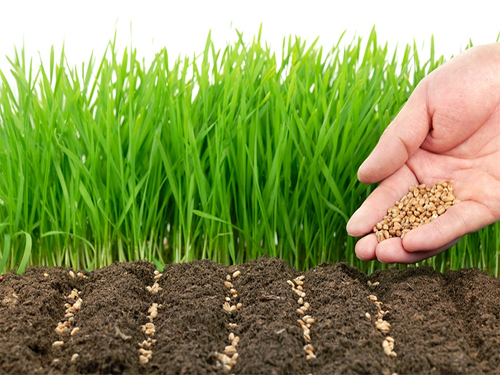
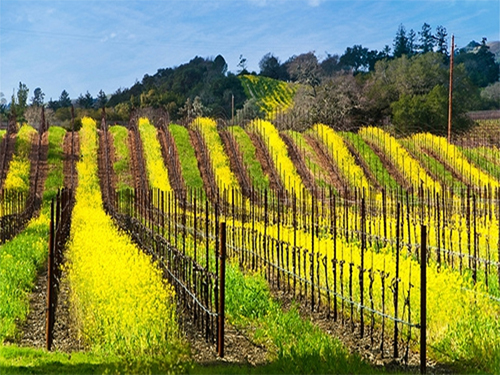
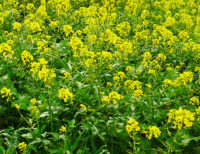
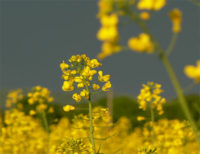
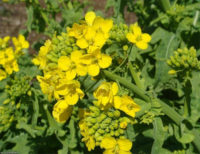
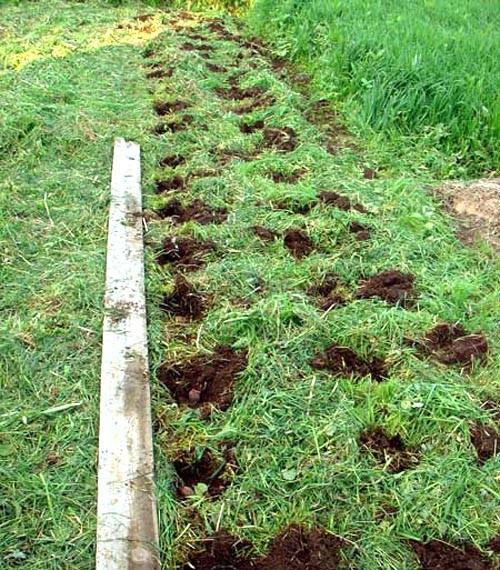
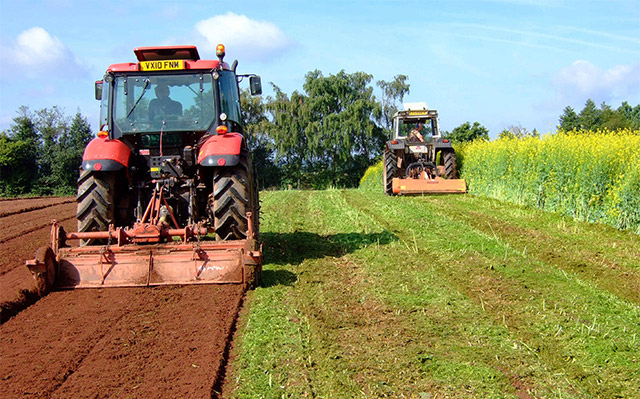
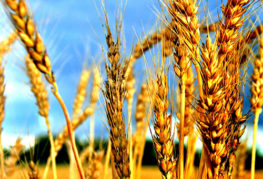
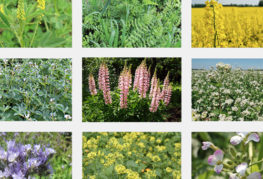
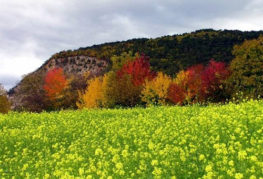
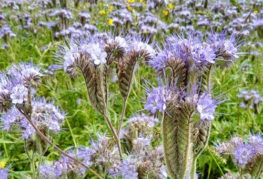
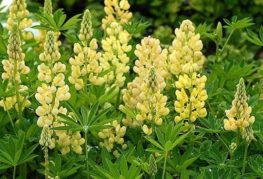
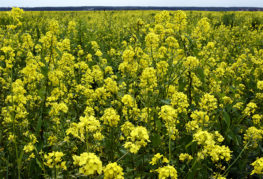
and will be published shortly.